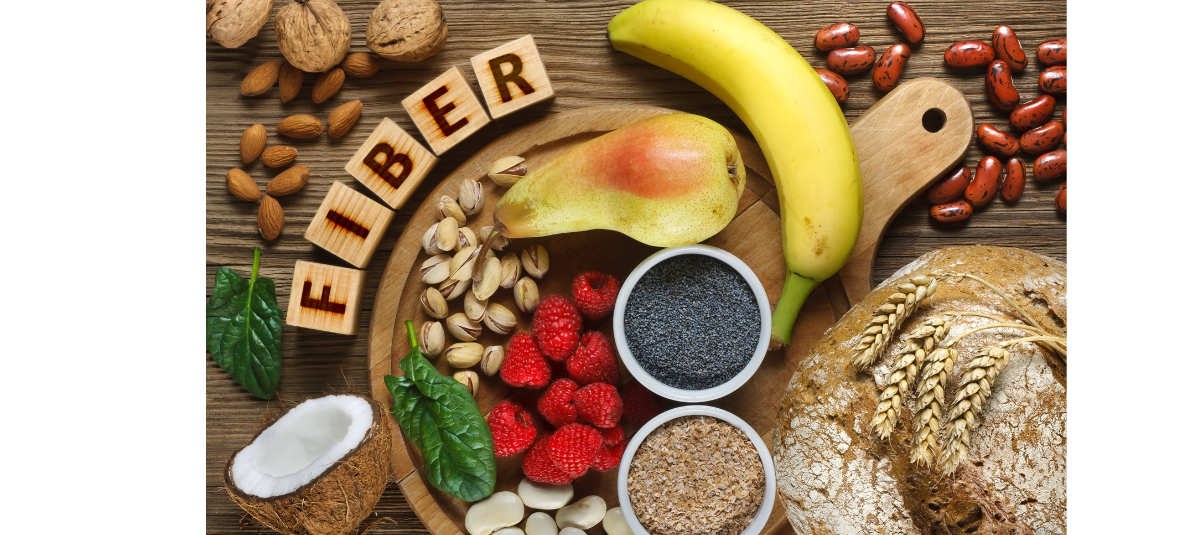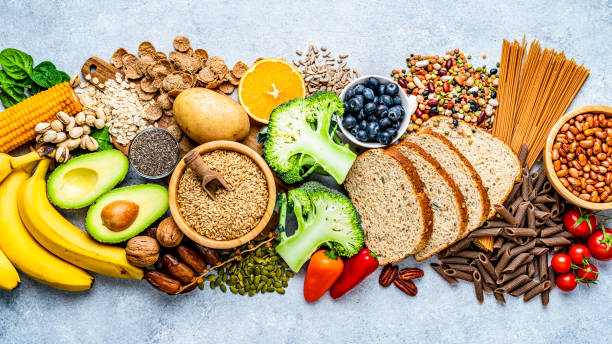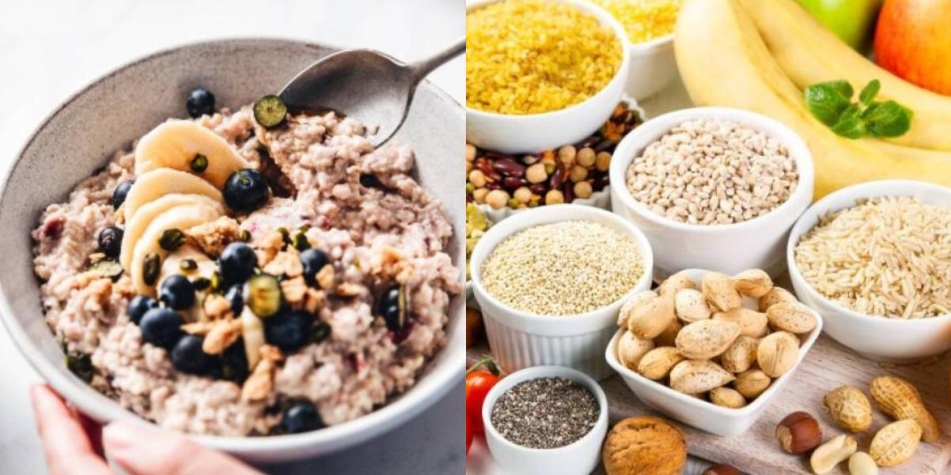Nutritionist Fabiana Cremer reveals the most common myths and truths about fiber.

Dietary fiber is found in fruits, vegetables, legumes, and whole grains. Although it has always been associated with healthy bowel function, its benefits are much broader. In fact, our ancestors consumed up to ten times more fiber than we do today. This difference in diet reflects a significant shift in our way of eating and how it impacts our health.
Despite this background, fiber consumption in the current population is far below the recommended intake. According to the World Health Organization (WHO), adults should consume at least 25 grams of fiber per day, but many people consume less than half of this amount.

Nutritionist Fabiana Cremer García, member of Herbalife's Nutrition Advisory Board. Photo: Herbalife.
A study published in The Lancet found that a high-fiber diet can reduce the risk of death from cardiovascular disease, type 2 diabetes, and colorectal cancer by up to 30%.
Nutritionist Fabiana Cremer García, a member of Herbalife's Nutrition Advisory Board, explains the myths and realities surrounding fiber consumption and why it is essential for your health and well-being:
1. All fiber is the same: Myth Soluble fibers dissolve in water and form a gel in the stomach, which helps slow digestion. This type of fiber contributes to controlling blood glucose and cholesterol. They are found in foods like oats, apples, and legumes, such as beans.
On the other hand, insoluble fibers don't dissolve in water and promote intestinal transit by increasing fecal volume. They are found in wheat bran, brown rice, green leaves, and fruit peels.
"The choice of fiber type depends on the goal: whether you're trying to relieve constipation, regulate glucose, increase satiety, or improve overall metabolic health. Ideally, you should consume both types," Cremer explains.

Not all fiber is created equal. Photo: iStock
High-fiber foods increase satiety by slowing stomach emptying, which may be beneficial for weight control. A study published in the Journal of the American College of Nutrition found that dietary fiber intake is associated with lower body weight in epidemiological studies.
3. The more fiber, the better: Myth Excessive fiber consumption can cause bloating, gas, and even constipation. "The WHO recommends consuming at least 25 grams of fiber daily, and it's best to increase fiber intake gradually to avoid discomfort," advises the nutritionist.
4. Fiber needs water to function properly: True Consuming fiber without enough water can have the opposite effect: it hardens the stool and impairs bowel movements. "If you increase fiber, you should also increase your water intake. It's recommended to drink at least 2 liters of water a day," says Cremer. Adequate hydration is essential for fiber's beneficial effects on the digestive system.

Fiber is a great health food. Photo: iStock
Soluble fibers, such as those found in oats and barley, have a proven effect on reducing LDL ("bad") cholesterol and controlling blood sugar.
A review published in The American Journal of Clinical Nutrition concluded that consuming 3 grams of oat beta-glucan daily can reduce LDL cholesterol and total cholesterol. Furthermore, fiber may also play an important role in reducing the risk of type 2 diabetes, the most common form of diabetes. By slowing the absorption of sugar in the intestines, fiber helps prevent spikes in blood sugar levels, thus contributing to better glycemic control.

Several foods are rich in fiber. Photo: iStock
Environment and Health Journalist
eltiempo





%3Aformat(jpg)%3Aquality(99)%3Awatermark(f.elconfidencial.com%2Ffile%2Fa73%2Ff85%2Fd17%2Fa73f85d17f0b2300eddff0d114d4ab10.png%2C0%2C275%2C1)%2Ff.elconfidencial.com%2Foriginal%2Fef5%2F892%2Fcb0%2Fef5892cb007e77024e4392aeb78155b8.jpg&w=3840&q=100)